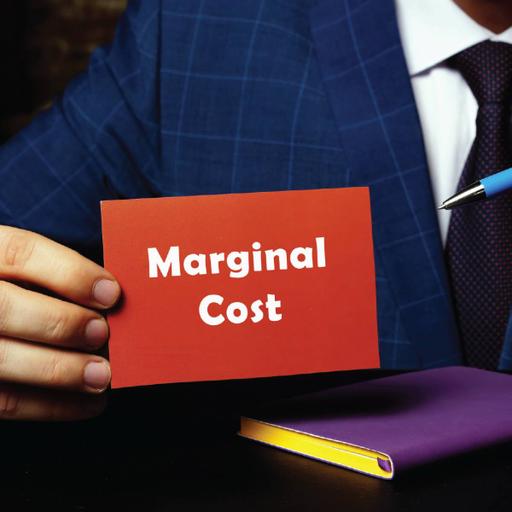Marginal Cost
Presentations | English
In economics, the marginal cost is the change in the total cost that arises when the quantity produced is incremented, the cost of producing additional quantity. Marginal cost is different from average cost, which is the total cost divided by the number of units produced. Marginal cost refers to the additional cost to produce each additional unit. For example, it may cost $10 to make 10 cups of Coffee. To make another would cost $0.80. Therefore, that is the marginal cost – the additional cost to produce one extra unit of output. Fixed costs can also contribute. Marginal cost refers to the increase or decrease in the cost of producing one more unit or serving one more customer. It is also known as incremental cost. The marginal cost is the cost of producing one more unit of a good. Marginal cost includes all of the costs that vary with the level of production. For example, if a company needs to build a new factory in order to produce more goods, the cost of building the factory is a marginal cost. To graph a marginal cost (MC) curve, plot the costs associated with various outputs that you derived from the previous lecture. Plot the MC on the vertical axis and the total product on the horizontal axis. You can connect the points because the points you found are not all the possible MC and TP combinations.

39.25
Lumens
PPTX (157 Slides)
Marginal Cost
Presentations | English
